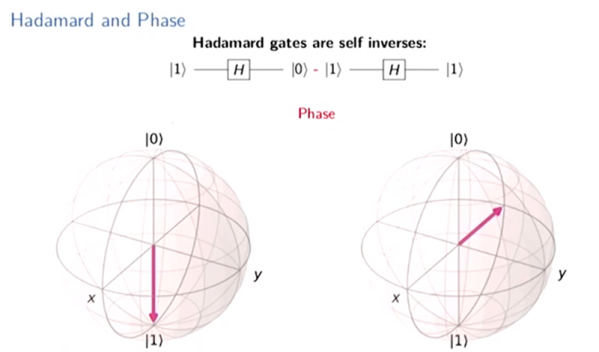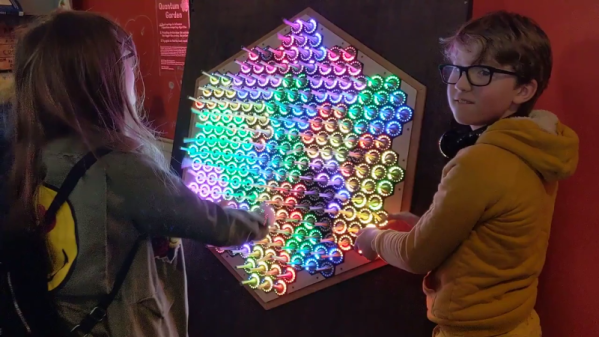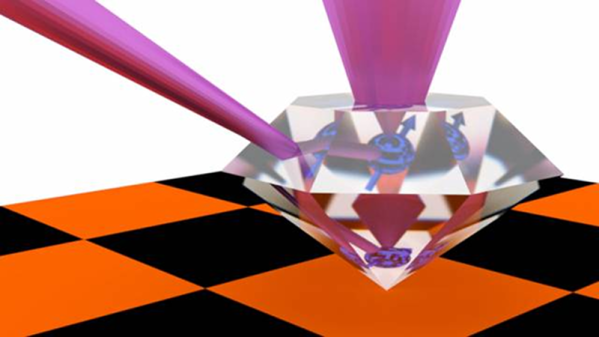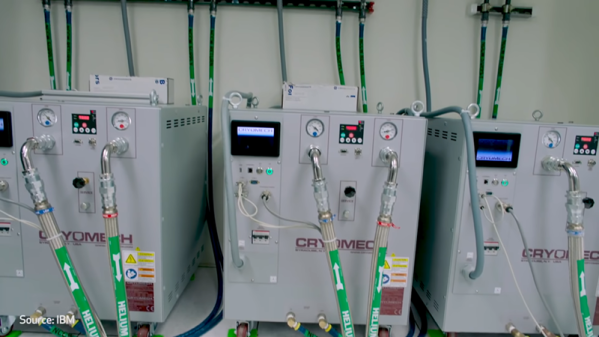If quantum physics always sounded a little squirrelly to you, take heart. Yale researchers have announced that they can do what quantum physics claimed to be impossible: they can determine the state a quantum system will collapse to before it happens. This contradicts Schrodinger’s famous hypothetical cat that is superimposed as 50% alive and 50% dead at the same time. The research appears in Nature.
Schrodinger argued that until you open the box, the cat is half alive and half dead in the same way that a qubit can be in 50% of one state or another. When you observe it, you force the system to one state. Researchers at Yale, however, have found a way to use microwaves to indirectly monitor qubits to determine their state prior to the system making a jump. Unlike a normal observation which occurs too late, the Yale technique allows researchers to change the future state to their choice.

















